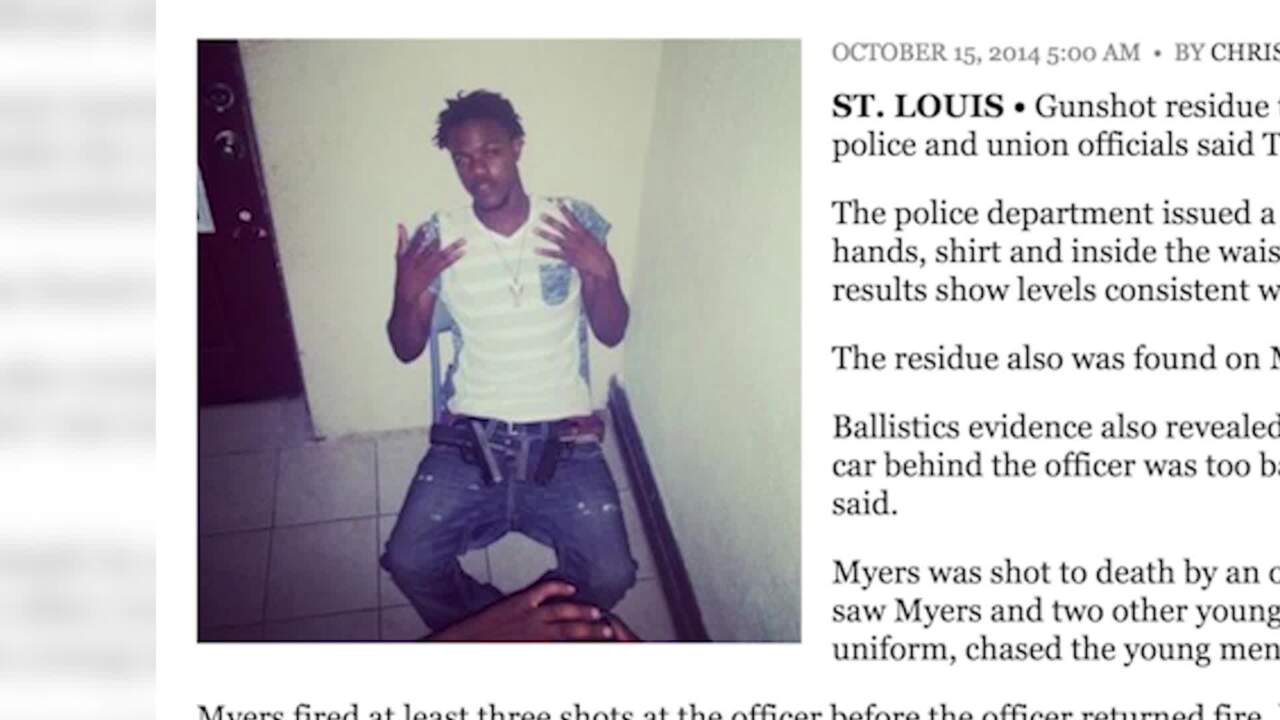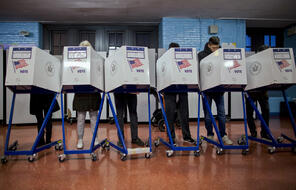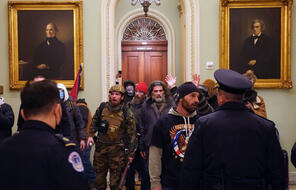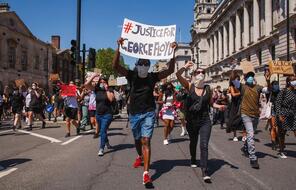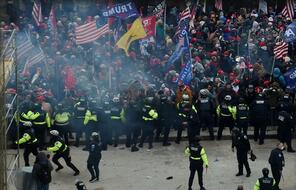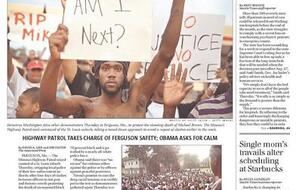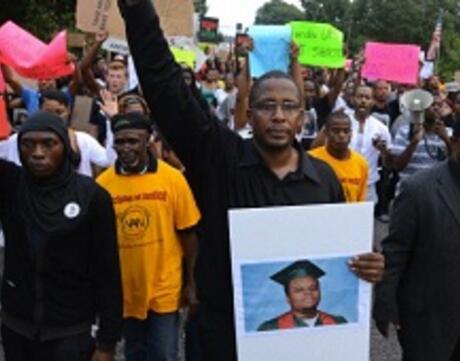
#IfTheyGunnedMeDown
Duration
One 50-min class periodSubject
- Civics & Citizenship
- History
- Social Studies
Grade
9–12Language
English — USPublished
Overview
About This Lesson
This lesson continues our exploration of the power and pitfalls of images. It is designed to help students explore the impact of editorial decisions by focusing on the issues invoked by the hashtag #IfTheyGunnedMeDown. Students will analyze various images of Michael Brown that surfaced in the wake of his shooting, explore the social media response to these images, and then develop journalistic guidelines for image selection. Examining this social media campaign through the lens of news literacy will help students challenge and extend their evolving understanding of bias, the role of the press (and other media makers), and the importance of journalistic standards.
Lesson Plans
Activities
Extension Activities
Materials and Downloads
Unlimited Access to Learning. More Added Every Month.
Facing History & Ourselves is designed for educators who want to help students explore identity, think critically, grow emotionally, act ethically, and participate in civic life. It’s hard work, so we’ve developed some go-to professional learning opportunities to help you along the way.
Exploring ELA Text Selection with Julia Torres
On-Demand

Working for Justice, Equity and Civic Agency in Our Schools: A Conversation with Clint Smith
On-Demand

Centering Student Voices to Build Community and Agency
On-Demand


